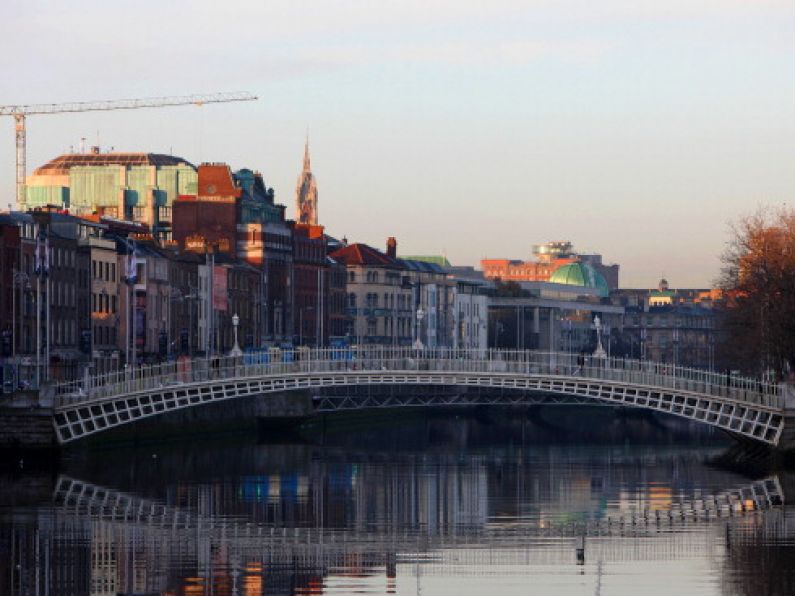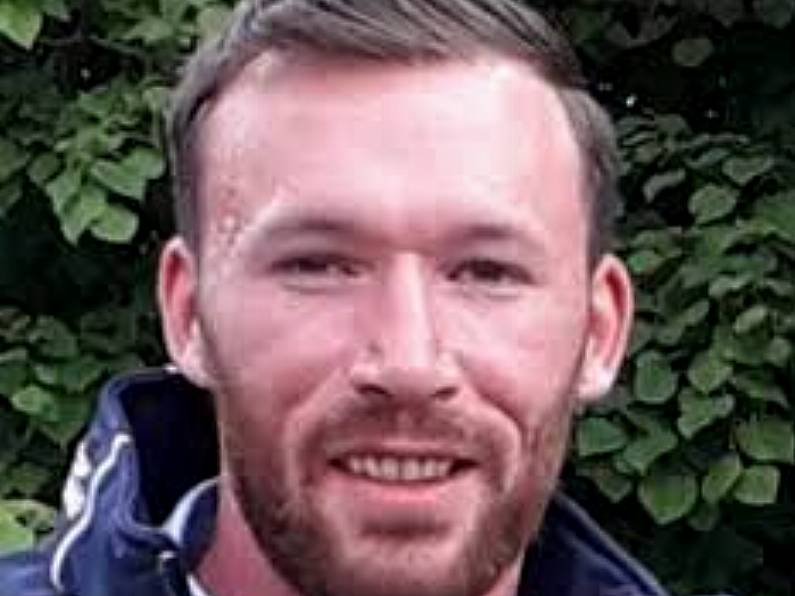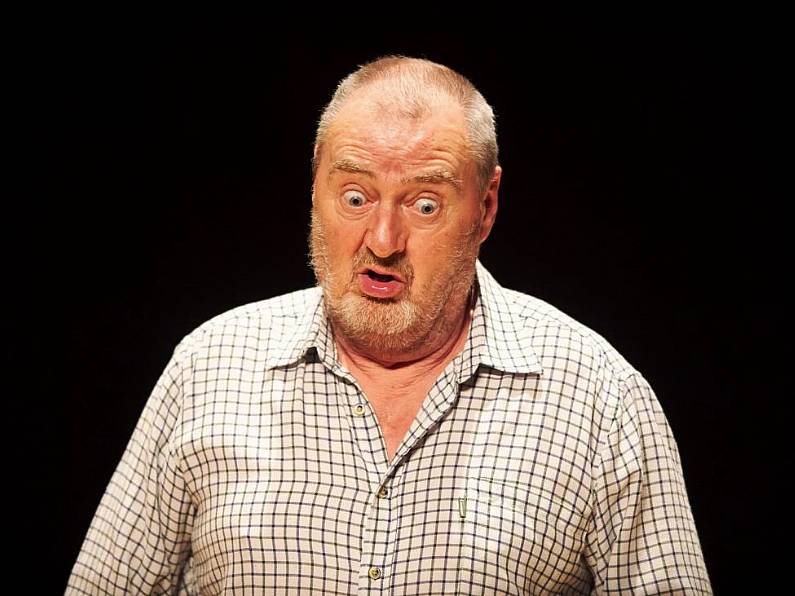One in five people are living in poverty across the State amid the ongoing cost of living crisis, a new study has found.
According to Social Justice Ireland (SJI), the overall poverty rate increases from 11.6 per cent before housing costs are included, to 19 per cent after housing costs are counted – an increase of almost 371,000 people.
SJI's latest study ‘Housing Costs and Poverty 2022’ highlights how, when including housing costs, the real number of people in poverty is 952,185, which is almost one in five of the total population.
The research also found that renters are the worst affected group, with 41.6 per cent at risk of poverty after housing payments.
For households in receipt of rent subsidies, the poverty rate after rent payments is 59.1 per cent.
Meanwhile, the poverty rate after housing payments is 50.5 per cent for households in Local Authority accommodation.
Government housing subsidies
Colette Bennett, an economic and social analyst for SJI, commented that Government housing subsidies are contributing to the problem.
“Far from supporting families out of poverty, housing subsidies are so inadequate as to be allowing greater numbers into it,” Ms Bennett said.
“The poverty risk of households in receipt of housing subsidies continues to be the highest of all occupancy types.
“One in five tenants in the private rented sector are subsidised through the Housing Assistance Payment (HAP); that does not include tenants in the Rental Accommodation Scheme or those on Rent Supplement.
“Yet despite huge Government spending on these subsidies, the need for additional rent payments, or 'top ups' are driving increases in poverty.
“It is essential that Government increase spending on actually building social homes instead of relying on and subsidising a dysfunctional private rented sector.”
Ms Bennet also noted how, despite Government commitments to increasing social housing construction, increasing numbers of social housing tenants are forced to rent in the private rented sector.
“This latest study shows that renters are particularly hard hit – they are more than twice as likely to be at risk of poverty before housing costs are included than owner occupiers, and more than four times more likely after housing costs are included.”
Lone parents were found to be the worst affected of all household types, with an increase in the poverty rate to 51 per cent after housing payments.
People living with a long-standing health problem are also severely affected, with a poverty rate increasing from 39.1 per cent before housing costs to 53.8 per cent after.
According to SJI, prioritisation of social housing delivery would put over 60,000 homes back into the private rented market, which would have a "positive impact" on market rents.






